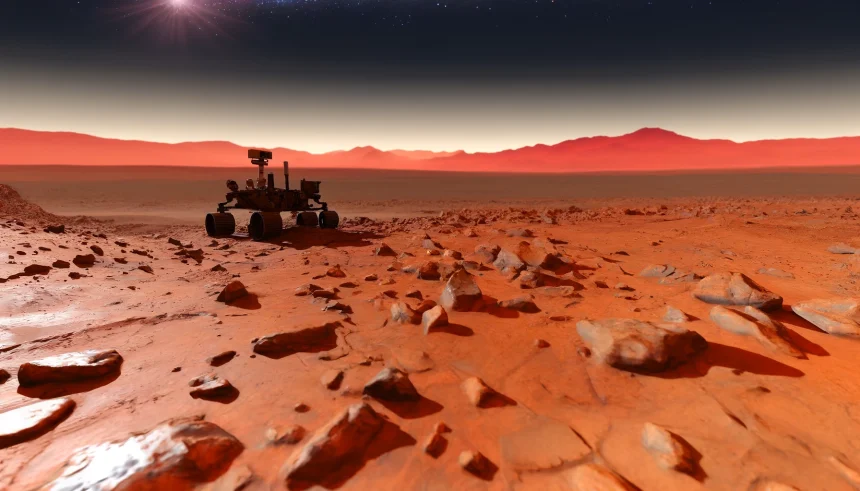Scientists have revisited the first-ever image of the Milky Way’s central black hole, Sgr A*, challenging its previously assumed circular accretion disk. Independent researchers from Japan have presented new findings based on existing data, suggesting a more elongated structure. This reinterpretation could have significant implications for our understanding of the dynamics near supermassive black holes.
Previous analyses conducted by the Event Horizon Telescope (EHT) team identified a bright ring surrounding Sgr A*, which was widely accepted as the accurate depiction of the accretion disk. However, alternative interpretations have emerged, proposing different geometrical configurations based on the same dataset.
What Changes Did the Reanalysis Reveal?
The reanalysis conducted by the National Astronomical Observatory of Japan (NAOJ) suggests that the accretion disk around Sgr A* is slightly elongated in the east-west direction, with the eastern half appearing brighter. “Our image is slightly elongated in the east-west direction, and the eastern half is brighter than the western half,” stated NAOJ astronomer Miyoshi Mikato. This indicates that the disk may be rotating at approximately 60 percent of the speed of light.
Why Did the Two Studies Differ?
The discrepancy between the EHT and NAOJ findings stems from the complexity of radio interferometry data analysis. “We hypothesize that the ring image resulted from errors during EHT’s imaging analysis and that part of it was an artifact, rather than the actual astronomical structure,” explained Mikato. Differences in data mapping methods and how gaps in interferometric data were addressed led to the varying interpretations.
What Are the Implications of an Elongated Disk?
An elongated accretion disk could provide deeper insights into the material dynamics and gravitational effects near Sgr A*. The NAOJ team’s findings suggest that part of the disk is viewed from an angle of 40°-45°, allowing for observations of rapid rotation and enhanced Doppler boosting. This could influence future models of black hole accretion processes and gravitational interactions.
Improved imaging techniques and further data analysis are expected to refine our understanding of Sgr A*’s accretion disk. The EHT consortium is actively working on advancements to produce more accurate and detailed images, which will help reconcile the differing views and enhance our knowledge of black hole environments.
Ongoing studies and technological improvements will be crucial in resolving the discrepancies between current interpretations. By achieving higher resolution and better data processing methods, astronomers aim to obtain a more precise image of Sgr A*, contributing to the broader field of astrophysics and our comprehension of supermassive black holes.










